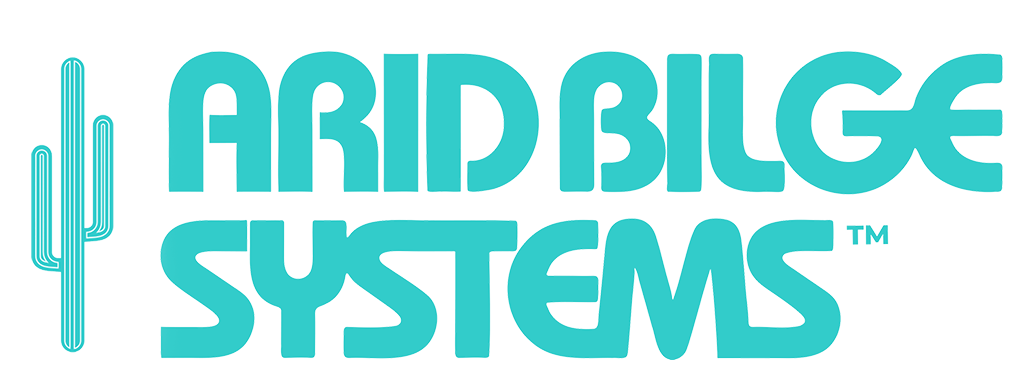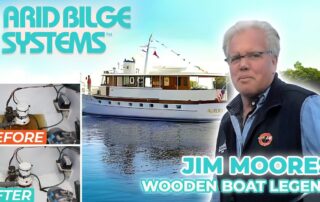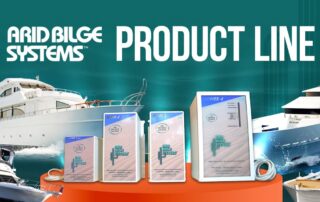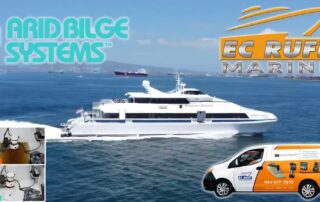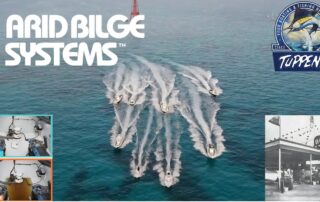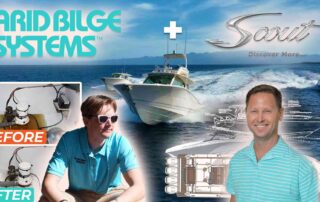National Geographic’s Wicked Tuna Captain Dave Marciano
Interview with Wicked Tuna’s Captain – Dave Marciano
Captain Dave Marciano of the F/V Tuna.com is one of the most recognized names in the commercial fishing world. When a captain of this caliber chooses a system for his vessel, you know it has to perform—day in, day out.
In this exclusive video, Captain Dave gives his full endorsement of the Arid Bilge System, praising its reliability and game-changing ability to keep every bilge zone dry—without lifting a finger.
Whether you’ve seen him on Wicked Tuna, heard his stories on the docks, or followed his legendary career—when Captain Dave says something works, you can believe it.
Transcript – Cleaned Up for Clarity (Fully Accurate):
“Captain Dave here on the Tuna.com, way back here at the backside of my engine room here by my shaft.
I want to thank you guys at Arid—Arid Bilge Systems—for a great system.
This is the first time I’ve ever used one. I didn’t know anything about it.
I do now.
But I could not be happier.
We got our bilges to stay completely dry—that being up in the front, that being the engine room, and that being in the Lazarette.
This thing is absolutely incredible.
Just looking down there right now, there’s not a drop of water.
And rest assured, there’s not a drop of water up in the front or in the Lazarette.
Again—just a great system.
To me, it’s a new product. And again—I just could not be happier.
Again, thank you very much for your sponsorship.”
Closing Text:
This is the same captain trusted by millions of viewers, who’s spent his life battling the harshest offshore conditions—and he trusts Arid Bilge Systems to keep his bilge bone-dry.
✅ Whether you’re on a sportfisher, center console, yacht, or commercial boat, Arid Bilge Systems is the smartest upgrade trusted by boat builders, celebrities, seasoned pros, and even military operators.
✅ Removes water from every bilge zone automatically
✅ Protects wiring, engines, and interior from rust and corrosion
✅ Keeps your boat dry, fresh, and protected—from the inside out
✅ Reduces odors, mold, mildew, and resale-degrading humidity
When performance matters, professionals turn to Arid Bilge.
Because a dry bilge isn’t a luxury—it’s a standard.
Arid Bilge Systems.
Dry. Fresh. Protected.
